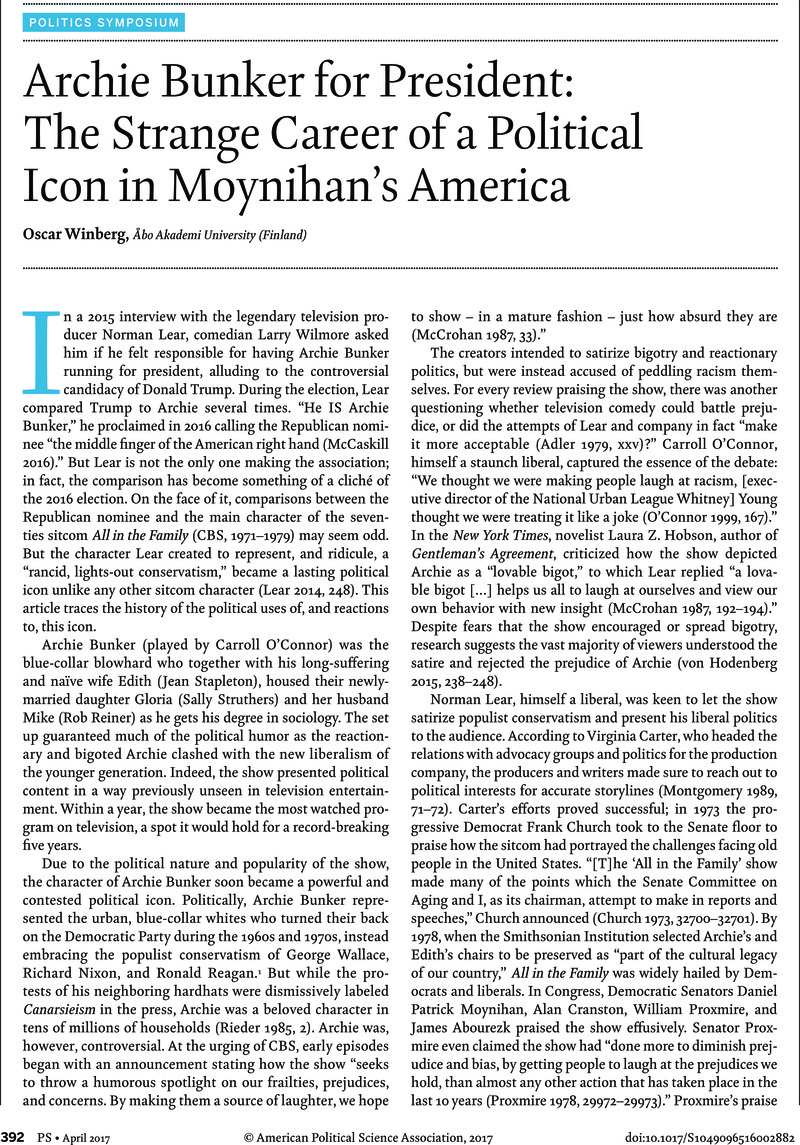Crossref Citations
This article has been cited by the following publications. This list is generated based on data provided by Crossref.
Berezin, Mabel
2017.
On the construction sites of history: Where did Donald Trump come from?.
American Journal of Cultural Sociology,
Vol. 5,
Issue. 3,
p.
322.





